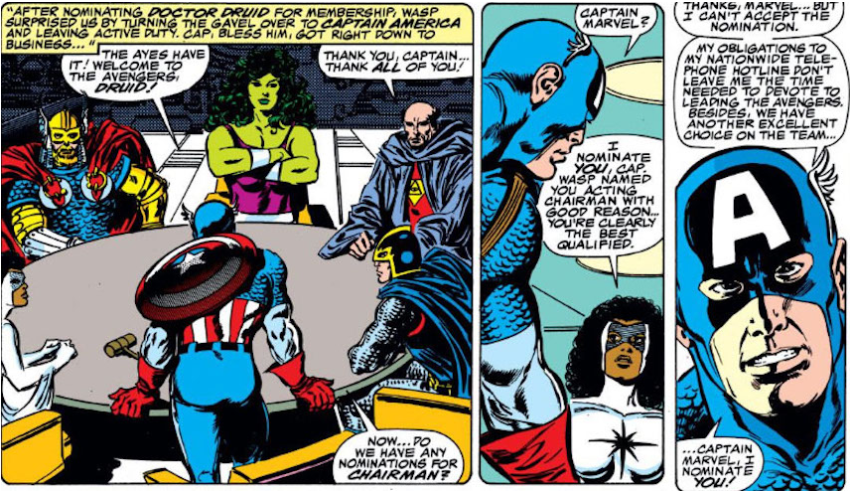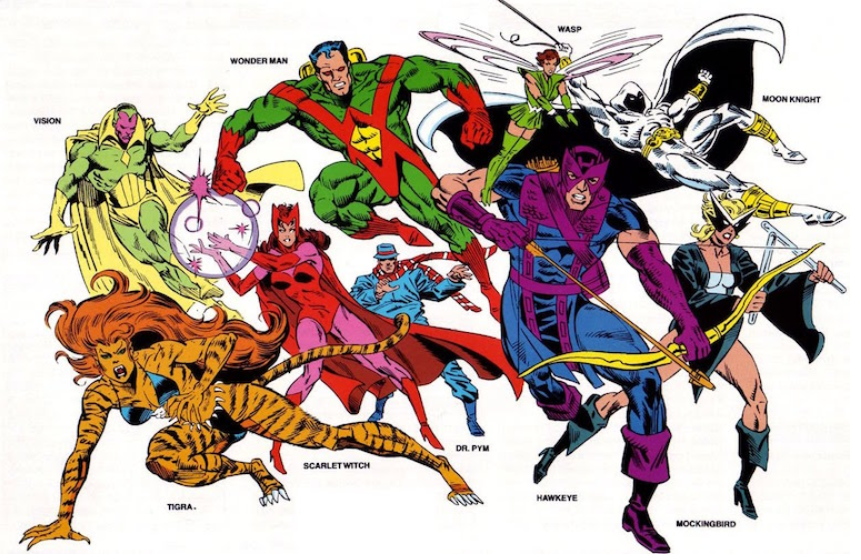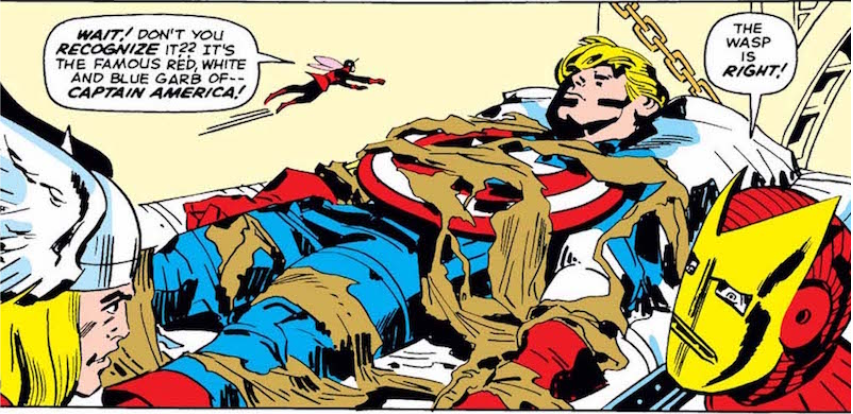REVIEW: Holy #%@&! Electric Warriors #1 is a good time
Electric Warriors is out 11/14.
By Zack Quaintance — Whoa. This is an unreal book, like a neon fever dream in the head of the world’s foremost DC continuity scholar. Electric Warriors #1 by Steve Orlando and Travel Foreman is, quite simply, unlike any other Big 2 comic in recent memory, so unique is it in concept and tight with execution. We’ll get to both concept and execution in a moment, but let me first note this is a series I unabashedly recommend to all superhero fans, as well as most space opera and sci-fi readers, with extra points for those (like myself) with deep interest in DC continuity.
Okay then, let’s start with the concept: Electric Warriors is wisely set after Jack Kirby’s Great Disaster, a cataclysmic event of global proportions which eradicated civilized society on Earth-AD (according to one DC wiki). Earth-AD is essentially the normal DC Earth we know, with the AD standing for After Disaster, which means that Electric Warriors is set in an alternate DC future, one in which the galaxy is starting to get its sh*t together, presumably en route to more enlightened times that will later be home to The Legion, the United Planets, etc.
In this timeline, Earth is a somewhat late-comer to a burgeoning and (relatively) peaceful galactic order that averts war between major powers by having them all submit one champion (an electric warrior) who does combat powered by seeds that electrify their skills and abilities. All great cosmic powers have one champion, one, except Earth, which riven by tribal divisions insists on having two, one evolved animal and one human. This speaks to some powerful anthropologic notions about our civilization while at the same time extrapolating our long long history to a logical extreme. Essentially, Electric Warriors posits that even after an apocalypse and subsequent enlightened ascent, we still can’t get along, not entirely.
So that’s the concept, and it’s strong. I know the way I’ve explained it might seem convoluted, but upon reading the comic, it’s not at all, which is a credit to the work of Orlando and Foreman, and to the second facet of the book I’d like to discuss, it’s execution. First, Foreman’s artwork is stellar, used here to great effect to differentiate this story from usual DC superhero fare via a futuristic aesthetic, glowing and urgent and sharp. Foreman is as visionary an artist as is found in superhero comics, and he’s in full command of his formidable powers here.
Second, Orlando grounds this story so well in entirely new characters. His creations are dynamic and complex. Orlando is a writer perhaps most associated with revenge, but that signature thematic interest is absent here. Instead, characters are motivated in one case by duty and another by self loathing. Those motivations aren’t dwelled on much, which serves this complex narrative well, instead making brief appearances as catalysts to actions. Add in a major (and thrilling) reveal at the very end, and this is Orlando’s best work all year, perhaps even better than his recent run on Wonder Woman, all of which I liked quite a bit.
While DC fandom has largely focused on forthcoming runs like Grant Morrison and Liam Sharpe’s The Green Lantern, G. Willow Wilson and Cary Nord’s Wonder Woman, and Kelly Sue DeConnick and Robson Rocha’s Aquaman, Electric Warriors has flown under the radar. I have a strong feeling that’s about to change.
Overall: Today is a major day for new comics, but if you take a chance on one new book, make it Electric Warriors. This is part one of a six-part miniseries with vast potential to be something truly special. Fans are going to be talking about this comic tomorrow. 9.5/10
Electric Warriors #1
Writer: Steve Orlando
Artist: Travel Foreman
Colorist: Hi-Fi
Letterer: Travis Lanham
Publisher: DC Comics
Price: $3.99
For more comic book reviews, check out our review archives.
Zack Quaintance is a tech reporter by day and freelance writer by night/weekend. He Tweets compulsively about storytelling and comics as BatmansBookcase. He also writes comics and is currently working hard to complete one.





